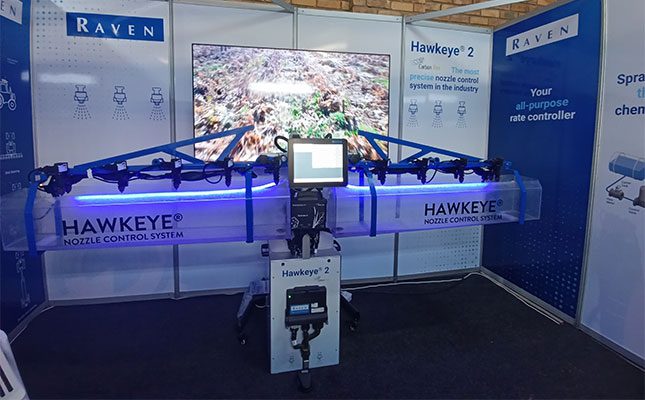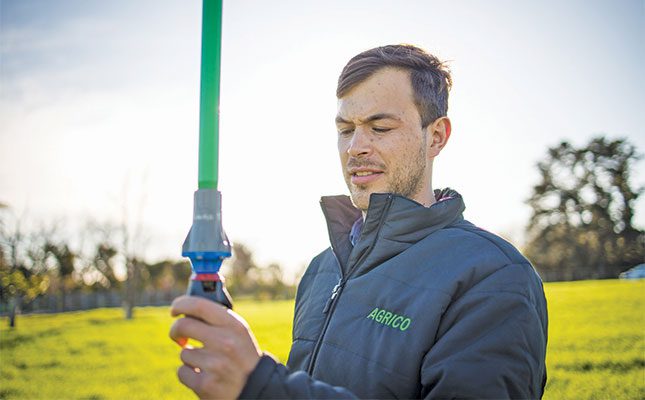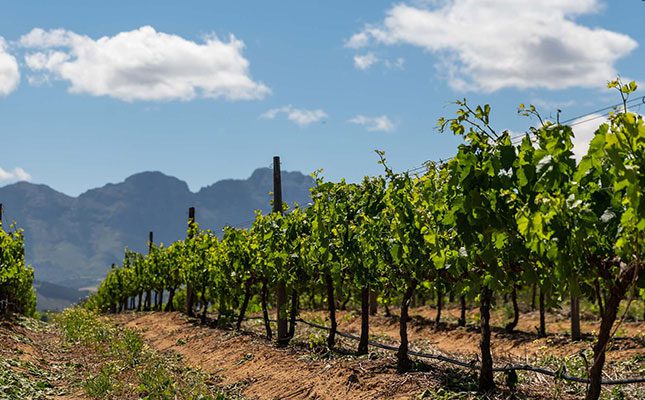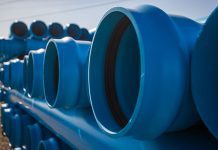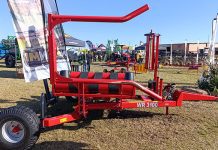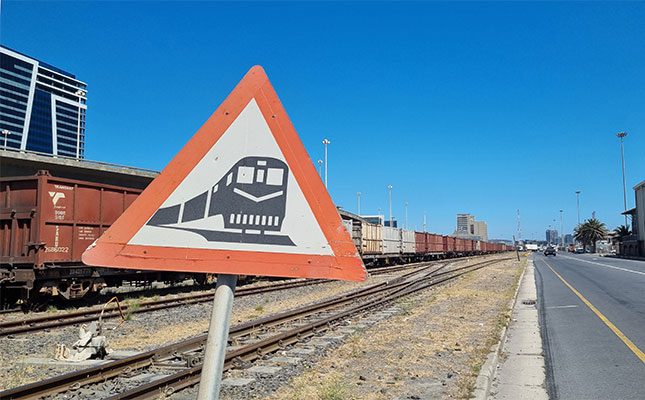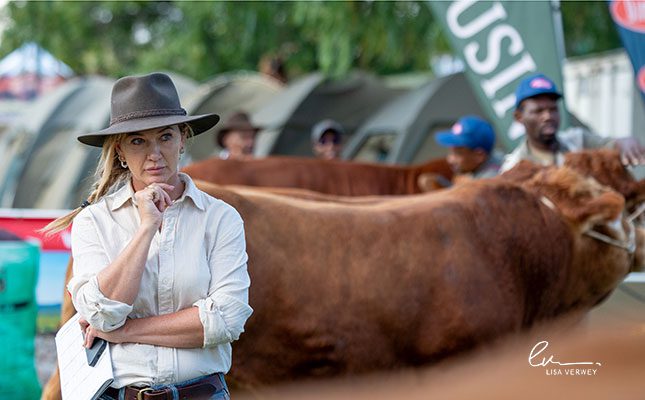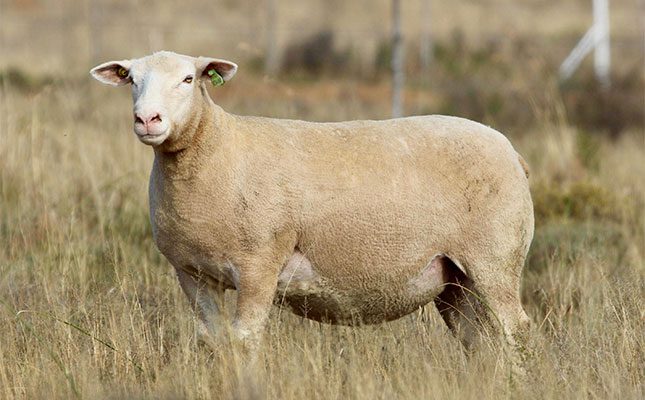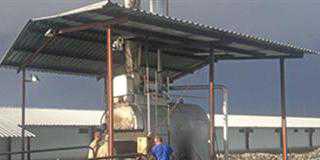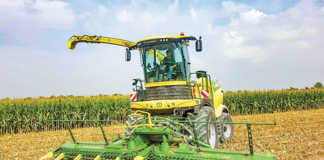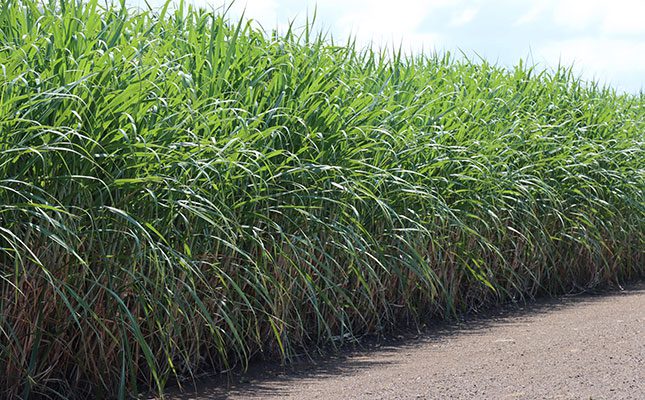
Photo: Netafim
According to Netafim Southern and East Africa, conversations with sugar cane farmers in KwaZulu-Natal (KZN) revealed that lower electricity use and reduced labour requirements are some of the most valuable benefits of drip irrigation in sugar cane production.
All-round efficiency
Wilrik Scheepers of 4×4 Boerdery, south of Pongola, says drip irrigation has an important place in the management of their various sugar cane production units.
“A massive benefit is that it allows us to incorporate solar in our electricity supply for irrigation. The reduced energy requirements of drip irrigation make solar a feasible energy source. Drip irrigation is not only more water-efficient but also more energy-efficient,” he explains.
As Henco Grobler of Senekal Boerdery near Mkuze puts it: “Drip irrigation is a valuable tool for us to ensure efficient and profitable sugar cane production on a large scale. We plan to convert many more of our sugar cane fields to drip irrigation and install drip irrigation on a large percentage of our new fields planted. This decision is mostly driven by the fact that we will save a significant amount of money on our electricity bill.”
Richardt Scholtz, Netafim agronomist in KZN, explains this benefit: “With drip irrigation, you can irrigate a larger area with the same amount of water compared with other irrigation methods.
“Moving water from the source to the field is often the most expensive component of an irrigation system’s operation. As water is used more efficiently, less water must be moved, and it can be efficiently delivered at lower pressures, all leading to reduced pumping requirements. This translates to lower electricity use.”
Economy and agronomy
Wilhelm Harris of Vriendschap Boerdery near Heatonville says that for each field, one must carefully evaluate and determine the most suitable irrigation method.
Etienne de Beer, extension specialist for the South African Sugarcane Research Institute, agrees: “In my experience, farmers’ decisions to implement drip irrigation is driven by a variety of factors.”
De Beer lists some of these factors:
- Rising energy costs
- The need for optimal soil management to mitigate factors like erosion, compaction, and declining soil quality
- Quality and quantity of available water
- Availability of capital
- Background and skillset of the farmer and their team
- Access to support services to ensure optimal installation, operation, and maintenance
- Availability of quality drip irrigation products
- Production conditions, such as slope, soil type, field shape, and climate
- Cultivar
- Availability of labour
Marco Appel, agricultural economist at Netafim Southern and East Africa, describes cost-benefit analysis (CBA) as a valuable tool for any farmer, investor, or project designer deciding whether they should invest in pivot, sprinkler, or drip irrigation.
“It helps determine whether an investment will be profitable or not. This is especially valuable when considering a system’s long-term benefits. Consider which system has an earlier break-even point, offers a better return on investment or internal rate of return, and has lower operational expenditure,” he explains.
Appel adds that, beyond the important considerations of soil and crop suitability and other farm-specific aspects, the main cost areas to consider in a CBA of an irrigation system include:
- Initial cost, from purchase to installation
- Maintenance requirements and costs
- Water use and cost
- Electricity use and cost
- Labour (operation and maintenance)
These considerations will lead to an informed recommendation or decision that holistically considers cost and return over the entire operational lifespan of the system, he says.
Back to the field
Charl du Plessis of Multi Direct Investments adds that drip irrigation contributes to improved soil management in several ways. “Run-off is near eliminated, which reduces the risk of soil erosion in addition to preventing water losses. The pooling of water that leads to waterlogged soil is also eliminated. Furthermore, I also find it easier to efficiently manage a healthier root zone in challenging soil conditions.
Scheepers adds: “The fact that I can also apply fertiliser and other agents with extreme precision furthermore places a lot of control in my hands. The fact that fertiliser can be applied in the root zone exactly where it is needed has a significant impact.”
Expanding possibilities
These messages about the value of drip irrigation boil down to a single truth: it gives farmers full control over water and nutrient delivery. With drip irrigation as a tool, sugar cane farmers can overcome challenges and produce more with fewer inputs, effectively making the industry more sustainable.
Want more information on the benefits of drip irrigation for sugar cane farmers? Read the full here: bit.ly/3U229wA.

